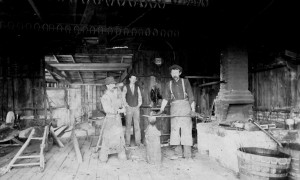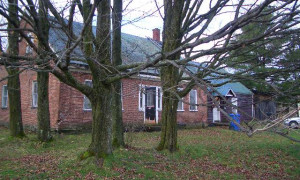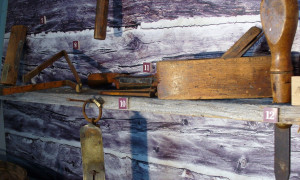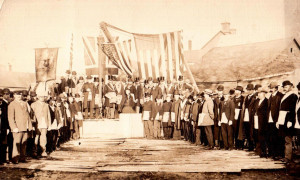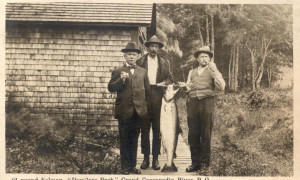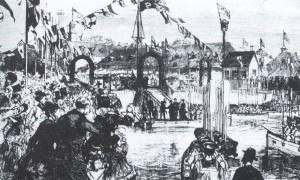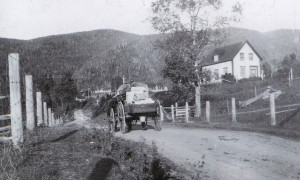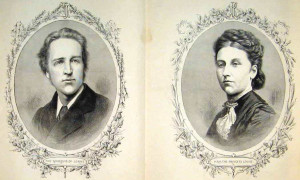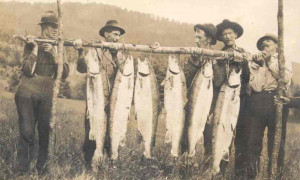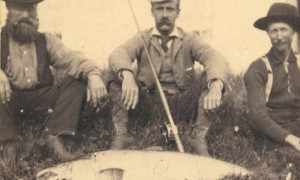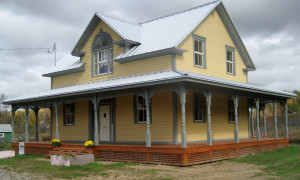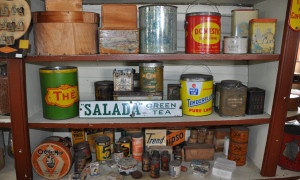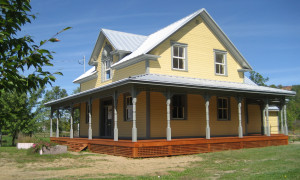There was little time for educating their families when the first settlers arrived in Eaton in the early 1800s.
Exhibits
The first New England settlers arrived in what would become Eaton Corner in the late 18th century.
Eaton Corner is one of the oldest settlements in the Eastern Townships of Quebec. Settlement began in the 1790s.
The permanent exhibition at the Kempffer Cultural and Interpretation Centre deals with an important aspect of the history of New Carlisle: that of its military past and its veterans.
The Kempffer Cultural and Interpretation Centre's permanent exhibition, through eight themes and more than 150 artefacts, retraces the history of New Carlisle, from the arrival of the loyalist pion
“With the reduction of Montreal, a demand will be made upon the United States for a formal recognition of Canada, whose name will be changed at once to New Ireland."
The Haskell Free Library and Opera House, located in Stanstead, Quebec, and Derby Line, Vermont, was constructed intentionally astride the boundary line separating Canada from the United States.
The Grand Cascapedia River tells a fascinating tale about the lives of the men and women who shared a time on one of the most famous Atlantic salmon fishing rivers in the world.
The Cascapedia River begins as two fast flowing streams high in the Shick Shock Mountains.
Princess Louise, who was the sixth child of Queen Victoria and her husband Prince Albert, and wife of the Marquess of Lorne, governor general of Canada from 1878 to 1883, first came to the Cascaped
“Such a beautiful country is not an accident. God must have created this wonderful wilderness, where all is happiness, all is peace.”
The fabled Grand Cascapedia River is known by most fishermen for its large Atlantic salmon that are sometimes called the Cascapedia Giants.
Wakefield is a small village nestled in the Gatineau hills along the shores of a scenic bay on the Gatineau River.
Business account books or ledgers from the 19th and early twentieth centuries are a valuable resource for the study of rural history.
From the earliest times, nomadic Algonquin families canoed the Gatineau River, and in the 17th century fur traders arrived to do business with the Indigenous hunters.
The conclusion of the American Revolution in 1783 brought forth profound changes to Quebec.

